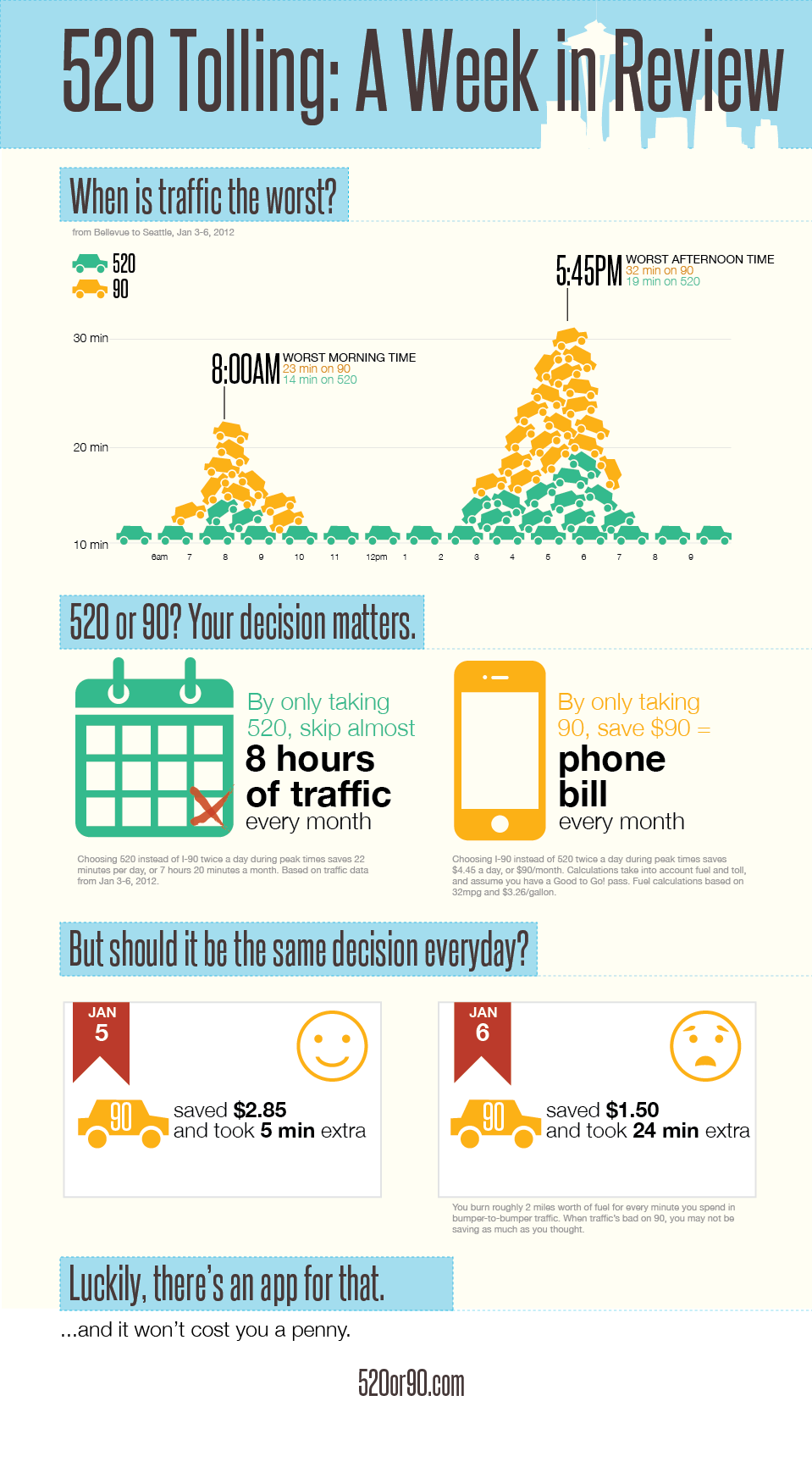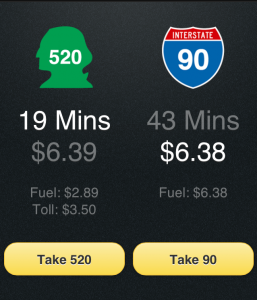The Research and Innovative Technology Administration seeks several Community Planners to join the Transportation Policy and Planning Technical Center (RVT-20) of the Volpe National Transportation Systems Center (Volpe Center). Located in Kendall Square area in Cambridge, Massachusetts, the Volpe Center plays a unique role in looking across the transportation enterprise by applying its multi-disciplinary capabilities to anticipate future transportation issues and challenges across all modes of transportation. These positions are based in Cambridge, Massachusetts.
We seek several talented Community Planners interested in joining our consulting teams to develop, plan, and implement guidance, tools, strategies, and programs related to transportation planning, environmental stewardship, realty, and transportation research. As part of our teams, you will help increase the level of expertise of transportation professionals within our clients’ organizations; support better-prepared transportation plans that serve state and local government needs; and advance professional capacity building initiatives across Federal and state agencies. You will work with several teams contributing to major projects, and lead other smaller projects.
These are great opportunities for professionals with varying levels of experience in transportation planning, professional capacity building, and strategic and community and stakeholder involvement. You must have superb analytical, communication, and problem-solving skills, and be able to excel in an entrepreneurial, fast -paced environment.Transcripts are required (see details in “How to Apply” tab in the official announcement). You will be required to submit writing samples if you are invited to interview.
Given our ongoing needs, we will review applications and refer top candidates for interviews multiple times during the open period of the announcement. The first application review will be January 23, 2012. Thereafter, we will do monthly reviews with the final one occurring after the application deadline, Wednesday, April 11, 2012.
The Community Planner GS-0020-11-12 (Term Appointments) announcement is posted to the Public on www.usajobs.opm.gov: http://www.usajobs.gov/GetJob/ViewDetails/306978700.
If you or someone you know has the experience and proven results, I encourage you or them to apply. We are looking for a diverse pool of qualified candidates. Please contact Elizabeth León at elizabeth.leon@dot.gov or 617-494-2214 if you have any questions.







